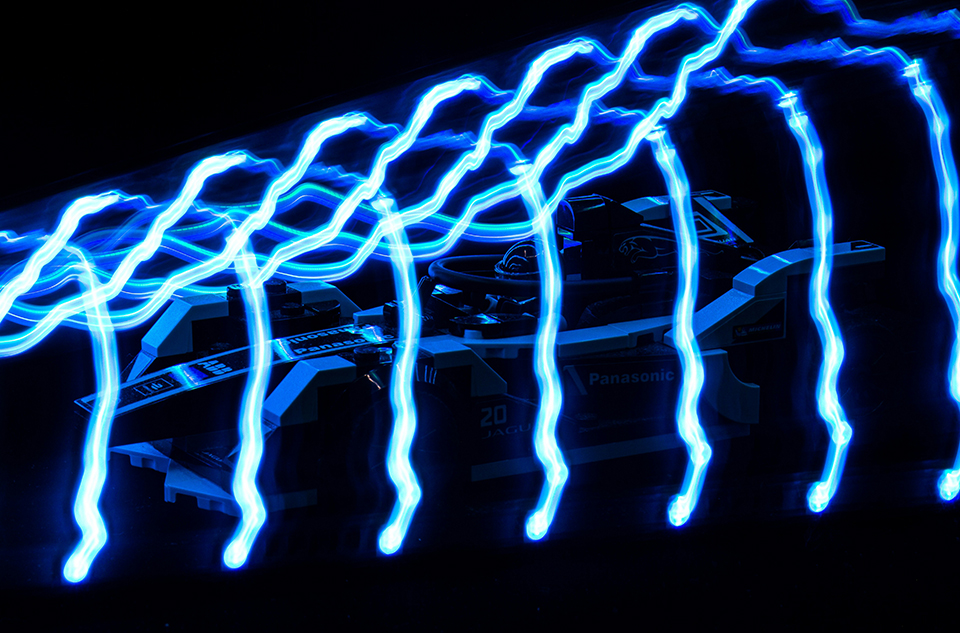Time:2025-05-27
The advent of flex neon light has redefined the possibilities of contemporary lighting design, merging aesthetic appeal with cutting-edge technology. As a flexible, durable, and energy-efficient alternative to traditional neon, this lighting solution is rapidly gaining traction across industries, empowering designers, architects, and businesses to create visually captivating and functional environments.
Core Technology and Design Principles
Flex neon light systems are built on advanced LED technology encased in flexible silicone or polymer tubing. Key innovations driving their performance include:
High-Density LED Arrays: Ensure uniform brightness and vivid color distribution across long installations, eliminating hotspots or dim sections.
Dynamic Color Mixing: RGB capabilities allow seamless transitions between millions of hues, from subtle gradients to bold, eye-catching effects.
Enhanced Durability: UV-resistant and waterproof materials enable reliable operation in diverse environments, from humid outdoor spaces to high-traffic indoor venues.
Smart Connectivity: Compatibility with Wi-Fi, Bluetooth, and IoT platforms facilitates remote control via smartphones, voice assistants, or centralized automation systems.

Expanding Applications in Modern Industries
Retail and Visual Merchandising
Flex neon light is transforming retail spaces by guiding customer flow, accentuating product displays, and reinforcing brand identity. Customizable lighting schemes can adapt to seasonal promotions or time-of-day themes, enhancing shopper engagement and sales conversion.
Healthcare and Wellness Environments
In clinics, spas, and wellness centers, flex neon light is used to create calming atmospheres. Soft, adjustable hues promote relaxation in waiting areas, while color therapy techniques in treatment rooms support mental and physical well-being.
Educational and Institutional Spaces
Schools, museums, and libraries employ flex neon light for interactive installations. For example, historical exhibits can use color-changing backdrops to evoke different eras, while study areas benefit from focus-enhancing lighting that adapts to task requirements.
Smart Home Integration
Home automation enthusiasts leverage flex neon light for ambient and functional purposes. Under-cabinet kitchen lighting, accent strips along staircases, or synchronized outdoor pathway illumination enhance both aesthetics and safety in residential settings.
Transportation and Infrastructure
Airports, subway stations, and bridges utilize flex neon light for wayfinding and safety. Color-coded paths or dynamic signage improve navigation, while weather-resistant designs ensure longevity in exposed environments.
Competitive Advantages Over Conventional Lighting
Adaptive Flexibility: Bendable and cut-to-length designs allow installations on curved surfaces, irregular shapes, and tight spaces, overcoming limitations of rigid lighting systems.
Energy Efficiency: Low-voltage LED technology reduces power consumption and operational costs, aligning with global sustainability initiatives.
Silent and Flicker-Free Operation: Ideal for noise-sensitive venues like theaters, recording studios, or meditation centers, where traditional neon hum or flicker would be disruptive.
Minimal Maintenance: Robust construction and long-lasting LEDs minimize downtime and replacement costs, particularly in hard-to-access installations.
Strategic Implementation Guidelines
Pre-Installation Planning: Conduct site assessments to identify optimal placement, ensuring even light distribution and avoiding obstructions.
Layered Lighting Design: Combine flex neon light with task lighting or accent fixtures to create depth and highlight architectural details.
Environmental Adaptability: For outdoor projects, use sealed connectors and UV-stable tubing to prevent degradation from sun exposure or moisture.
User Training: Equip clients or staff with basic control training for apps or remotes to maximize customization and adaptability post-installation.
Emerging Trends and Future Innovations
Self-Healing Materials: Development of tubing that repairs minor scratches or abrasions autonomously, extending product lifespan.
Context-Aware Lighting: Systems that adjust colors and brightness based on real-time data, such as crowd density or weather conditions.
Energy Harvesting: Integration of solar or kinetic energy capture to power flex neon light in off-grid or sustainable projects.
Biometric Interaction: Lighting that responds to user biometrics (e.g., heart rate, mood) to create personalized environments in healthcare or hospitality.
Conclusion
Flex neon light represents a paradigm shift in lighting solutions, offering unmatched versatility, efficiency, and creative potential. Its ability to adapt to diverse applications—from enhancing retail experiences to supporting wellness and smart cities—positions it as a critical tool for modern design challenges. As technology continues to evolve, flex neon light will further bridge the gap between functionality and artistry, empowering industries to innovate while meeting the demands of sustainability and user-centric design.
For professionals seeking to stay ahead in a competitive market, embracing flex neon light is not just a trend—it’s a strategic investment in the future of illumination.